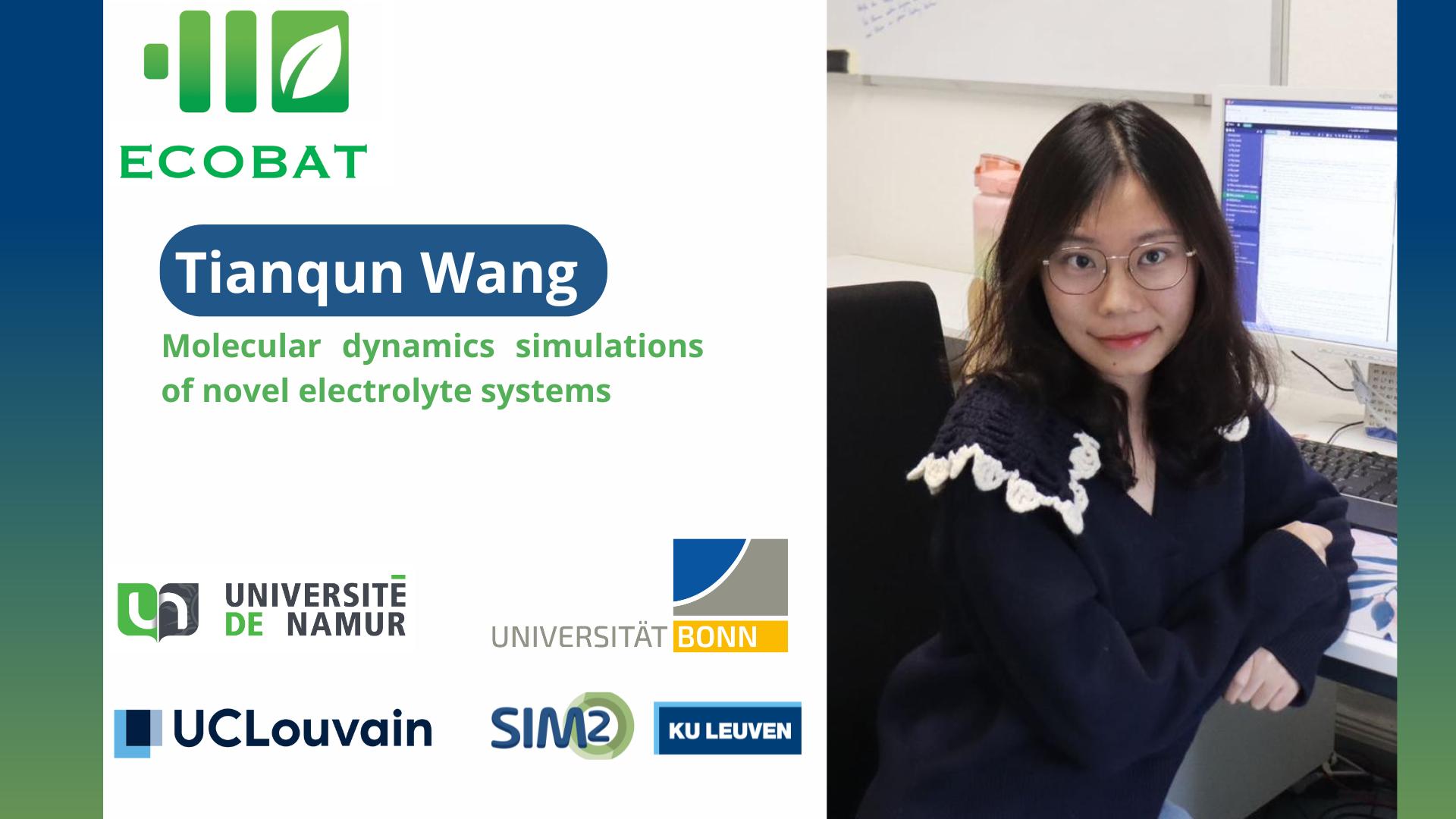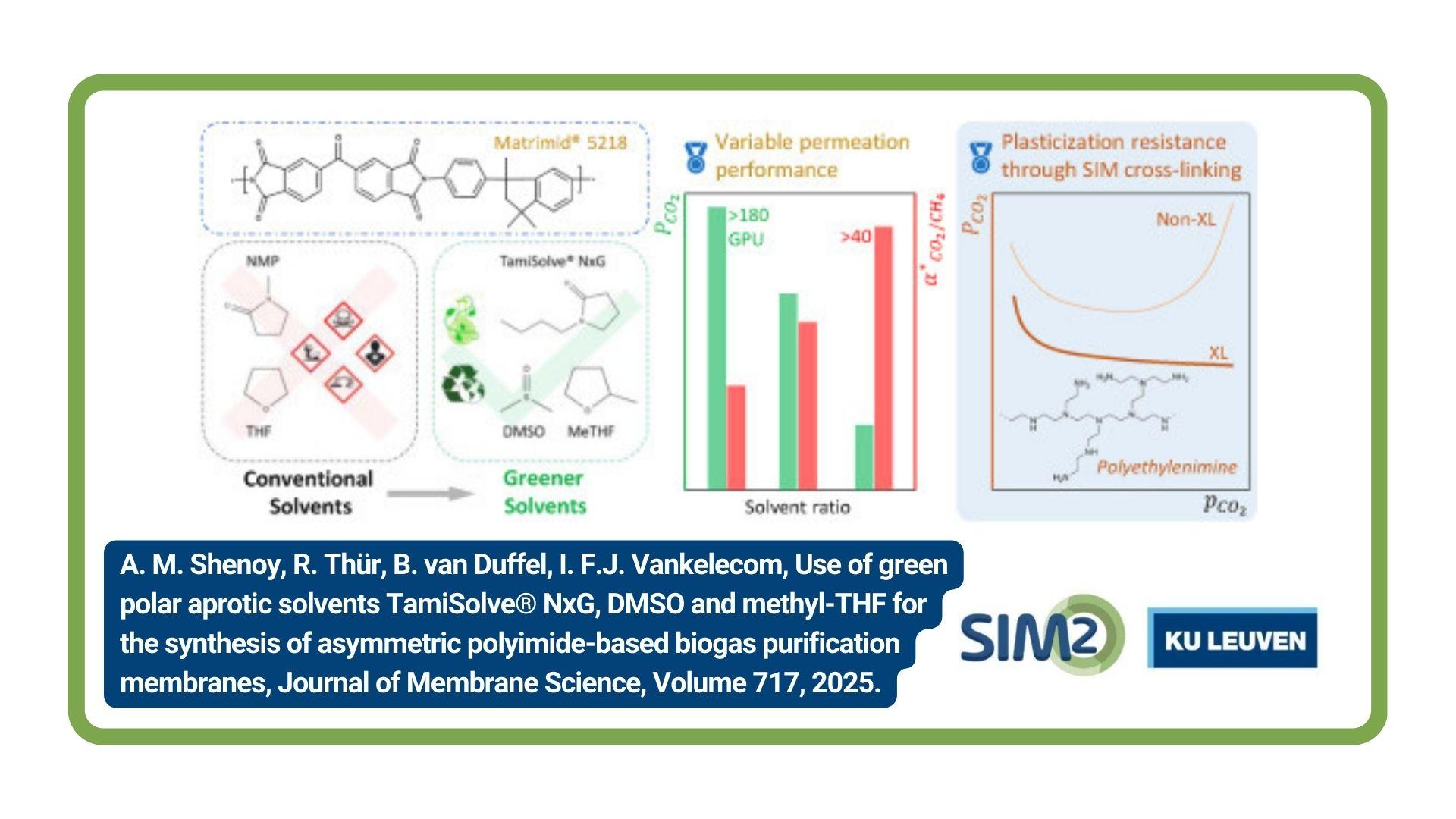Wim Dewulf and collegues from the Department of Mechanical Engineering, KU Leuven, together with Simon Bellens and Ricardo Santander from Materialise NV, also in Leuven, address the alignment, or geometry estimation, problem in fan- and cone-beam computed tomography (CT) as a step to tomographic reconstruction. They propose two fan-beam geometry (center of rotation) estimation algorithms and expand them with a variable projection optimization approach to the problem of geometry estimation in cone-beam tomography (horizontal detector shift and in-plane detector rotation). The article is published in IEEE Transactions on Computational Imaging.
This study is concerned with fan- and cone-beam-computed tomography with a circular-source trajectory, where the
reconstruction inverse problem requires an accurate knowledge of source, detector and rotational axis relative positions and orientations. We address this additional inverse problem as a preceding step of the reconstruction process directly from the acquired projections. In the cone-beam case, we present a method that estimates both the detector shift (orthogonal to both focal and rotational axes) and the in-plane detector rotation (over the focal axis) based on the variable projection optimization approach. In addition and for the fan-beam case, two new strategies with low computational cost are presented to estimate the detector shift based on a fan-beam symmetry condition. The methods are validated with simulated and experimental industrial tomographic data with code examples available for both fan- and cone-beam geometries.
Full reference to paper
P. Guerrero, S. Bellens, R. Santander and W. Dewulf, "Automatic and Computationally Efficient Alignment in Fan- and Cone-beam Tomography," in IEEE Transactions on Computational Imaging, doi: 10.1109/TCI.2024.3396385.
Acknowledgments
PG was supported by FWO Senior Research Project G0C2423N. SB was supported by the VLAIO Baekeland mandate grant HBC.2020.2280. RS was supported by the EU H2020-MSCA-ITN-2020 xCTing Project 956172.





